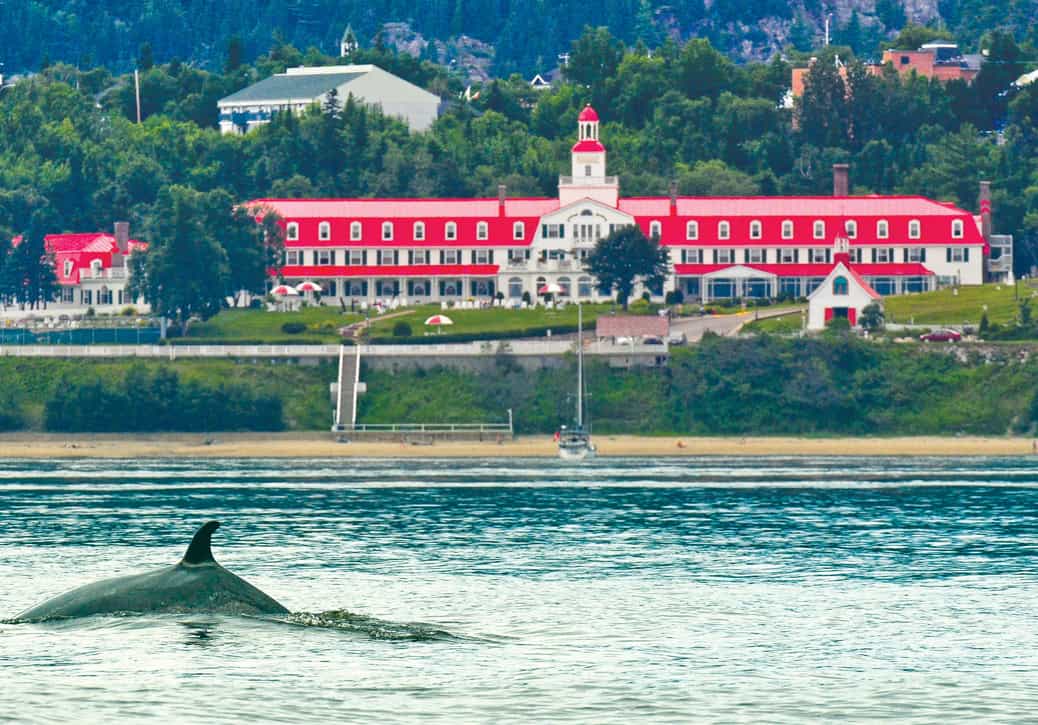Playing With all Five Senses
Canada? This must be a typo. Golf courses taking elevated positions on the worldwide rankings lists do not hail from “The True North, strong and free.” Such honours are reserved for seasoned destinations—golf-infused resorts or locations such as Pinehurst, North Carolina, Scotland’s East Lothian region or southwest Ireland. Places with glowing golf lineages and worldwide reputations. Not Canada.
Breaking news
After only one full season, Cabot Cliffs on Nova Scotia’s Cape Breton Island has been placed 19th on Golf Digest’s World’s 100 Greatest Golf Courses. The magazine SCOREGolf named the Bill Coore – Ben Crenshaw design the number one course in Canada, and placed it on its Top 100 list for 2016.
Subjective perhaps, but these ratings, supported by glowing reviews from the international media, have had golfers from around the globe scrambling to figure out first, the best logistics for travelling to Nova Scotia; and second, once there, the fastest way to reach the quaint seaside town of Inverness.
Calling all golfers
“People have told me the Cliffs reminds them of Cypress Point or Pebble Beach,” says course co-designer Bill Coore, who admits to being awestruck when he first laid eyes on the original parcel of land. It is, after all, just down the road from where Rod Whitman fashioned the original Cabot Links course. “However, I think the Cliffs stands on its own merit,” says Coore. “It has its own character. Ben and I went into the project wanting to use the natural ruggedness and beauty of the terrain without influence. We didn’t want the Cliffs to look like anywhere else.”
Bear witness. On a breezy day last fall, with majestic waves crashing up against the Gulf of St. Lawrence, my four-and-a-quarter hour walk (with caddie) around Cabot Cliffs proved beyond memorable.
Oceans and dunes
Ocean vistas (on every hole) and coastal dune panoramas abound. A camera is as much a “must have” in your golf bag as a 58-degree wedge. There are rocky outcroppings, jagged bluffs and—if you time it right—sunsets to die for. Margaree Island accentuates the Cabot Cliffs’ backdrop, and the word “stunning” can be used liberally as a descriptor.
And the golf? A dynamic equal of the accompanying scenery, Coore and Crenshaw’s 6,765-yard, par-72 field of play promotes strong shot values from the tees and sharp approach shots from the fairways. Greens and accompanying surrounds at the Cliffs provide sufficient challenge but are hardly nonnegotiable. Bunkers on the course are few. Rough is light.
“It should be fun for anybody,” claims Crenshaw of the unique six par-three, six par-four, six par-five routing. “Our mission was to build Cliffs so it is playable and enjoyable, not only for accomplished players, but for all golfers.”
An epic finish
The final hour-hole stretch is an epic finish, arguably one of the best in the world. The par-five 15th starts the journey down towards the ocean’s edge, with Cape Breton’s version of Scotland’s Ailsa Craig, Margaree Island, in the distance.
From there, my sense of anticipation hits overload. Not much compares to the Cliffs’ par-three 16th hole. Cypress Point comes to mind, but this ocean inlet hole appears even bolder than that of its Monterey Peninsula counterpart. The short 17th is pure risk/reward. Uphill from the tee and downhill to the green, the right line over the ocean brings an eagle into the equation—along with the dreaded “others.”
The par-five 18th hole along the ocean is what you would expect—the perfect “snapshot” finish.
And not to be forgotten are two of Cabot Cliffs best holes: The par-four second and par-three sixth, each one evoking viable comparisons with some of Ireland’s finest links.
At the end of my Cabot Cliffs’ round, any doubts about the course’s impressive rankings are quelled. Cabot Cliffs is breathtaking. It is an ideal union between Mother Nature and the great game of golf.
Just one more question lingers: How soon can I play Cabot Cliffs again?
Award-winning golf writer/ author Rick Young is one of Canada’s most trusted voices on golf and matters related to the golf industry. A founding member of the Golf Journalists Association of Canada, Young’s articles have appeared in publications throughout North America.













